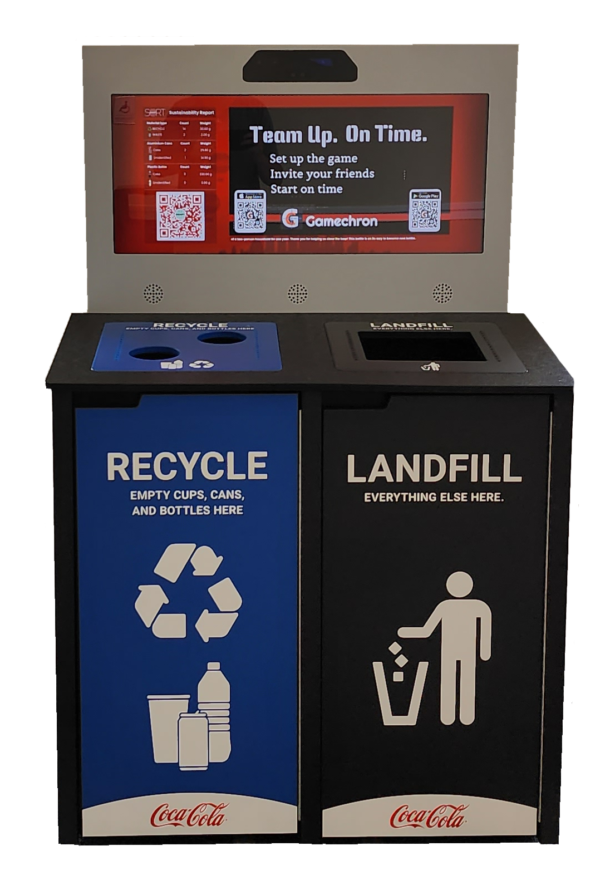Plastics have astonishing strength, structural designs, and excellent recycling features. There are plastics that are recyclable and there are non-recyclable. Scrap or waste plastics can be reprocessed into useful products such as bags, microwave dinnerware, chairs, tables, decorations, furniture, medical types of equipment, and other variety of objects.
The plastics are made up of polymers which include:
1. Polyethylene terephthalate (PET) is used for beverage containers such as bottles for water, soft drinks, and salad dressing, as well as in clothing industries.
2. High-density polyethylene (HDPE) is used in contact with food such as milk bottles, juice bottles, and bottles for organic solvents. It can also be used for trash bags.
3. Polyvinyl chloride (PVC) is used in houses for making linoleum on the floor, vinyl car tops, raincoats, shower curtains, and water pipes.
4. Low-density polyethylene (LDPE) is used for packaging, e.g. foils, trays, frozen food bags and/or plastic bags, and squeezable bottles for food and non-food purposes. It can also be used as a protective coating for paper, textiles, and other plastics.
5. Polypropylene (PP) is used for microwavable dinnerware, margarine tubs, and disposable cups and plates. It can also be used in ropes, carpets, and thermal under wares.
6. Polystyrene (PS) or Styrofoam is used for egg cartons, disposable plates, and cutlery, and for safe shipping of fragile products. It can also be used as packaging material to preserve the hotness or coldness of beverages from cups.
Plastics are categorized according to their resin identification code in which polymers are being identified. Through uniform identification of codes to polymer types, recyclers could easily classify plastics according to their resin types. Plastic recycling has different ways and different uses. The code provides plastic recycling is economically feasible.
Nowadays, plastics are being recycled not only for business purposes but also for environmental reasons. The more plastics you recycled, the more money you saved, and at the same time, the more you contribute to the environment. Compared to wood, paper, cardboard, glass, and metal, plastic recycling are somewhat complex since it requires extensive processes because of the intermolecular forces of attraction between polymer chains.
One way for effective and efficient plastic recycling is through the use of dyes and fillers that are commonly utilized in beverage bottles and plastic bags, thus recycling is much easier and preferable in this way. Plastics have strong construction and long-lasting characteristics to the production of new, reusable products will result to provide less permanent and durable products than the original.
Speaking of cleanliness, many producers are further researching biodegradable plastics while others are thinking that most plastics would contribute as waste materials that will create destruction to our environment. But they don’t realize that plastics can be recycled for human needs, thus helpful in preserving Mother Earth. Collecting products, e.g. plastic bottles, out of our garbage cans and even in our landfills, and identifying their polymer types, are best practices for effective recycling. From time to time, plastic recycling becomes a source of income without causing damage to the environment.




